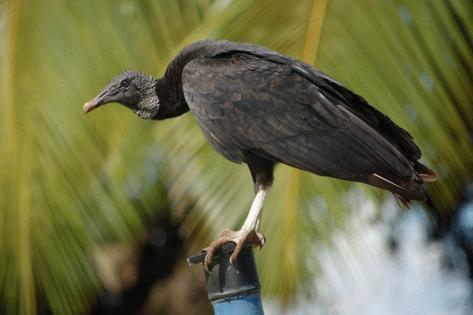Penn researchers made an avian flu vaccine using a technique that created COVID-19 vaccines
Published in News & Features
University of Pennsylvania researchers have developed an mRNA vaccine for the H5N1 avian flu drawing increasing scrutiny by public health officials. The vaccine is effective against the virus in mice and ferrets, according to a new study published Thursday.
The Penn team is using the same technique that powered the speedy development of a COVID-19 vaccine when a novel virus turned into a global pandemic.
The highly virulent strain of avian flu currently poses little risk to people. But it has infected millions of birds around the country in the last several years, including flocks in Pennsylvania. In March, the virus began turning up in herds of dairy cattle, eventually spreading to nine states. (Pennsylvania and New Jersey have not seen avian flu outbreaks in cattle; the closest reported cases are in Ohio.)
H5N1 so far is not highly contagious among humans. Still, its jump between domestic animals is a concern for public health officials, who fear the virus could mutate to more easily infect humans. The second case of H5N1 in a person in the United States was reported Wednesday by federal authorities. The two known cases involve a pair of agricultural workers in Texas and in Michigan.
The potential for further spread in people underscores why it’s important for researchers to develop new vaccines and test their safety before the virus could make that leap, said Scott Hensley, a Penn professor of microbiology and the study’s corresponding author.
“It’s important to do a lot of these early clinical studies with viruses that pose a pandemic risk now, instead of in a pandemic,” he said.
The Penn research team that developed the vaccine includes Drew Weissman, who with his colleague Katalin Karikó won the Nobel Prize in Medicine in 2023 for their development of the technique that modifies messenger RNA, or mRNA, to instruct cells to build immunity against viruses.
The same technique that led to the Pfizer and Moderna COVID-19 vaccines was used to create the new H5N1 vaccine featured in Thursday’s study in Nature Communications.
Like with the COVID-19 vaccines, the Penn researchers used mRNA to instruct the immune system to build antibodies against a specific protein in the H5N1 virus that allows it to attach to cells and replicate within the body.
“The antibodies stick to the outside of the virus, so it can no longer get into cells,” Hensley said.
...continued
©2024 The Philadelphia Inquirer. Visit inquirer.com. Distributed by Tribune Content Agency, LLC.







Comments